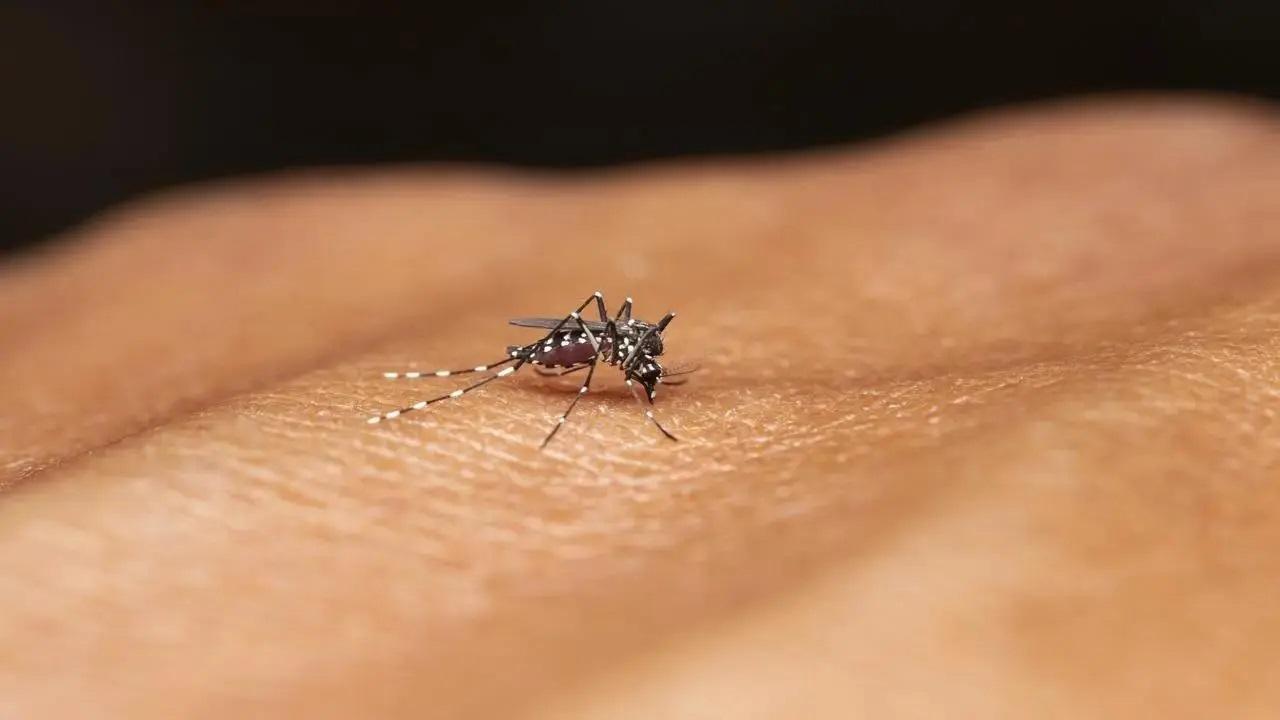The withdrawal of the monsoon marks a crucial period when these diseases proliferate at an alarming rate. Several factors contribute to this spike in mosquito-borne illnesses during the monsoon retreat

Image for representational purposes only. Photo Courtesy: iStock
Key Highlights
- Monsoon rains create stagnant water pools which act as a breeding site
- The showers also wash away mosquito predators such as fish and frogs
- The heightened humidity and warmth support the spread of viruses
The Aedes mosquito breeds in urban water sources such as rainwater collected in potholes/flower pots /construction sites. The breeding begins with the onset of the pre-monsoon showers and continues during the monsoon. With each subsequent breeding cycle, mosquito numbers increase logarithmically. Therefore, by the time of the retreating monsoon season, larvae water mosquito numbers are reflected in the increasing number of mosquito-borne illnesses.
ADVERTISEMENT
The withdrawal of the monsoon marks a crucial period when these diseases proliferate at an alarming rate. Several factors contribute to this spike in mosquito-borne illnesses during the monsoon retreat.
Proliferation of Mosquito-Borne viruses: An Overview
Mosquito-borne viruses, including dengue, chikungunya, and malaria, pose significant health threats in India. The transmission of these diseases intensifies as the monsoon withdraws, primarily due to amplified mosquito breeding grounds, diminished mosquito predators, and favorable weather conditions.
Factors Fuelling Mosquito-Borne Virus Spread During Monsoon Withdrawal
1. Increased Mosquito Breeding Grounds
Monsoon rains create stagnant water pools and puddles, especially in poorly drained urban areas with garbage accumulation. These become ideal breeding sites for mosquitoes, providing a conducive environment for their rapid reproduction.
2. Reduced Mosquito Predators
The monsoon showers wash away mosquito predators such as fish and frogs, reducing the natural checks on mosquito populations. This absence of predators enables mosquitoes to thrive and multiply more rapidly.
3. Favourable Weather Conditions
During the monsoon withdrawal, the weather turns hot and humid, providing optimal conditions for mosquito-borne viruses to propagate and spread. The heightened humidity and warmth support the survival and transmission of these viruses.
Common Mosquito-Borne Viruses During Monsoon Withdrawal
Dengue
Dengue fever, transmitted by the Aedes mosquito, ranges from mild symptoms like fever and headache to severe cases with bleeding and shock. It is the most prevalent mosquito-borne viral infection in India, affecting over 100 million people annually.
Chikungunya
Chikungunya fever, also transmitted by the Aedes mosquito, manifests as fever, joint pain, and rash. Although relatively new in India, chikungunya has rapidly spread, evidenced by a major outbreak in 2016 with over 1 million reported cases.
Malaria
Malaria, caused by the Plasmodium parasite transmitted by the Anopheles mosquito, presents symptoms like fever, headache, chills, and muscle aches. Though malaria cases have decreased in recent years, it remains a significant public health concern in India and surges during monsoon and around monsoon withdrawal.
Impact on Public Health and Economy
Mosquito-borne viruses have a substantial impact on India's public health, causing morbidity and mortality. Additionally, they adversely affect the tourism industry and other economic sectors, underscoring the importance of effective control and prevention measures.
Mitigating the Spread of Mosquito-Borne Viruses
1. Vector Control
Implementing vector control measures such as mosquito larvicide, adulticide, and environmental management can effectively reduce mosquito populations and lower the risk of virus transmission.
2. Personal Protection
Individuals can safeguard themselves from mosquito-borne viruses by using mosquito repellents, wearing protective clothing, and utilizing mosquito nets around their sleeping areas.
3. Public Education
Raising awareness about the risks of mosquito-borne viruses through public education campaigns is crucial. Educating the population about preventive measures and promoting responsible behaviour is essential in combating these diseases.
In conclusion, the monsoon withdrawal season in India heightens the risk of mosquito-borne virus transmission. Effective preventive measures, public education, hygiene and community involvement are essential to curbing the spread of these diseases and ensuring a healthier, disease-resistant population. If symptoms suggestive of dengue, chikungunya, or malaria manifest, seeking prompt medical attention is imperative for timely intervention and management.
(Dr Devashish Desai, Consultant of Infectious Diseases at Ruby Hall Clinic, Pune)
 Subscribe today by clicking the link and stay updated with the latest news!" Click here!
Subscribe today by clicking the link and stay updated with the latest news!" Click here!







